

In a PAX first, attendees scanned exclusive AR Pins from Oculus to launch the characters out of Pinny Arcade and into their world. You might not have heard of Pinny Arcade, but this pin program has a cult following at the five PAX gaming conferences worldwide, allowing participation from studios and brands to create instantly collectable pins upon release. The pins are highly sought after with a healthy buy/sell/trade marketplace having existed for years.
The physical pin design used the Oculus mark, or “Stadium,” as the foundation for the collection. We featured hero characters from partner studios that emerged from the Stadium to convey the pins’ augmented capabilities. Spark AR's image tracking technology presented an additional design problem. After numerous prototypes we discovered that non-repetitive shapes, high contrast and polarizing color palettes yielded optimal image recognition. Balancing the integrity of the characters appearance, Spark AR's image tracking requirements and Oculus’s brand considerations created a unique design brief with all three pillars informing the other.
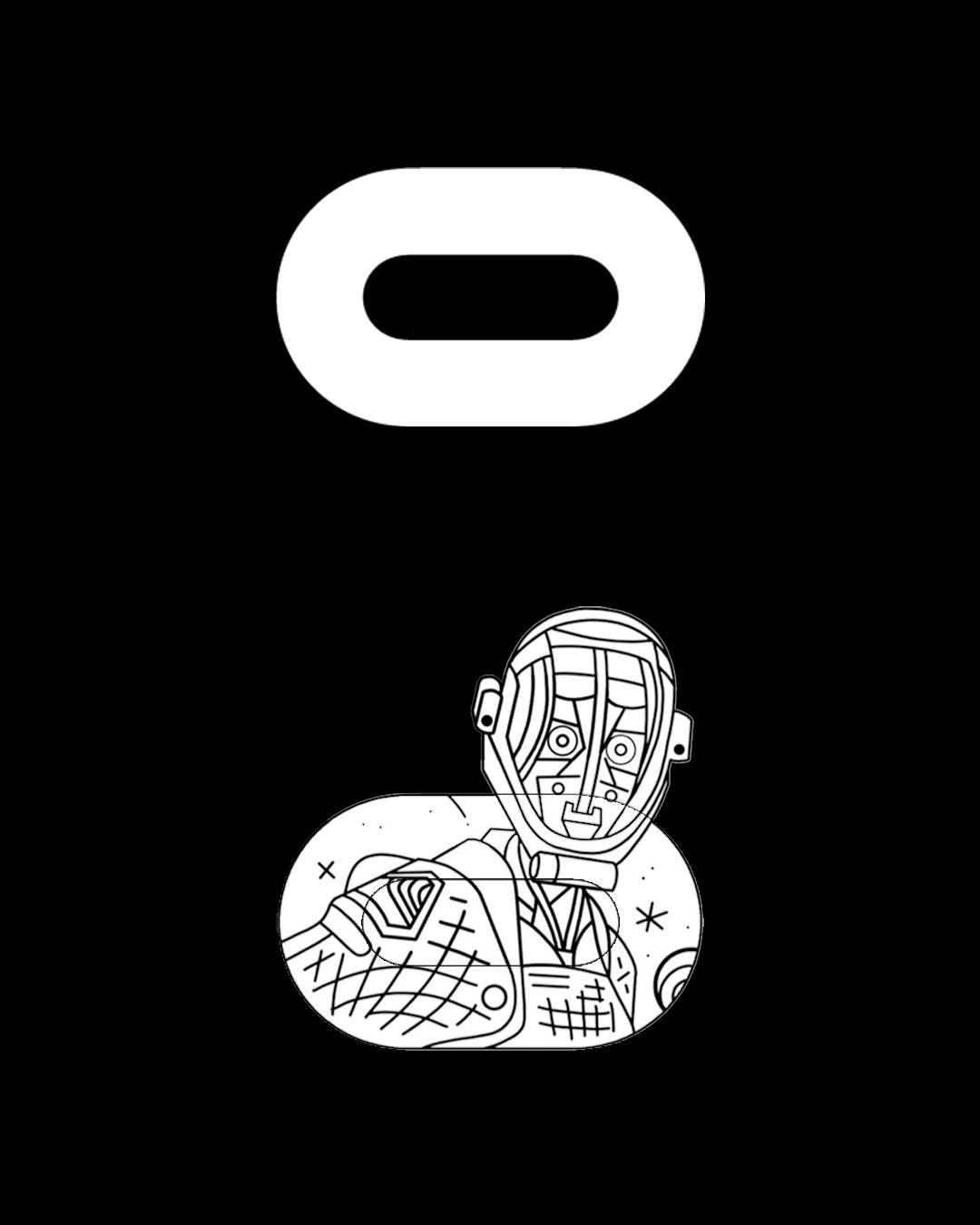


Once activated, the AR characters could be scaled to any size, allowing full creative freedom of placement in the user’s camera. To encourage interaction amongst pin carriers, the AR Pins enhanced one another. For example, if you had the Lone Echo pin, scanning the Stormland or Asgard’s Wrath pins would level up your digital character. The upgrades ranged from weapons, special animations, and more dynamic AR environments.
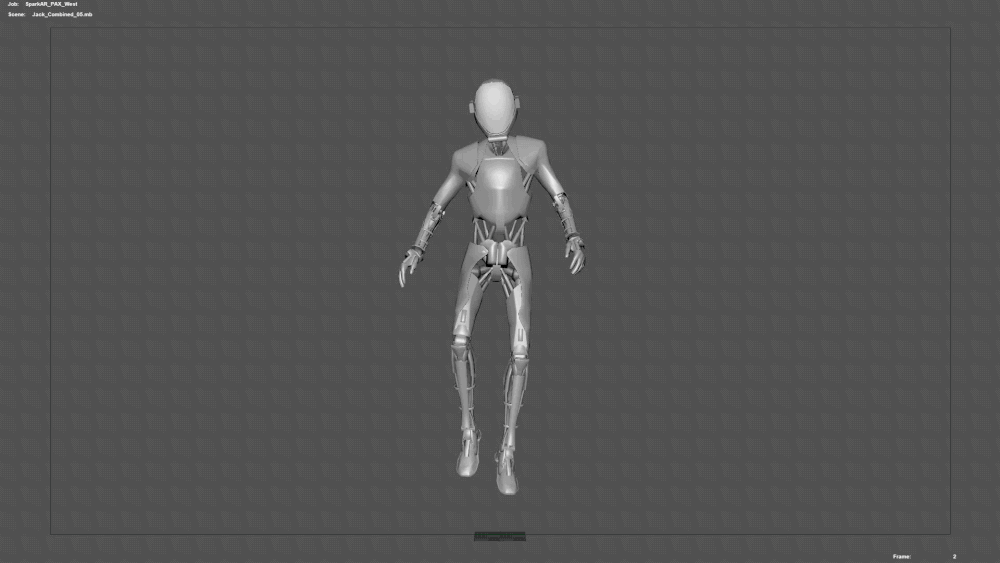
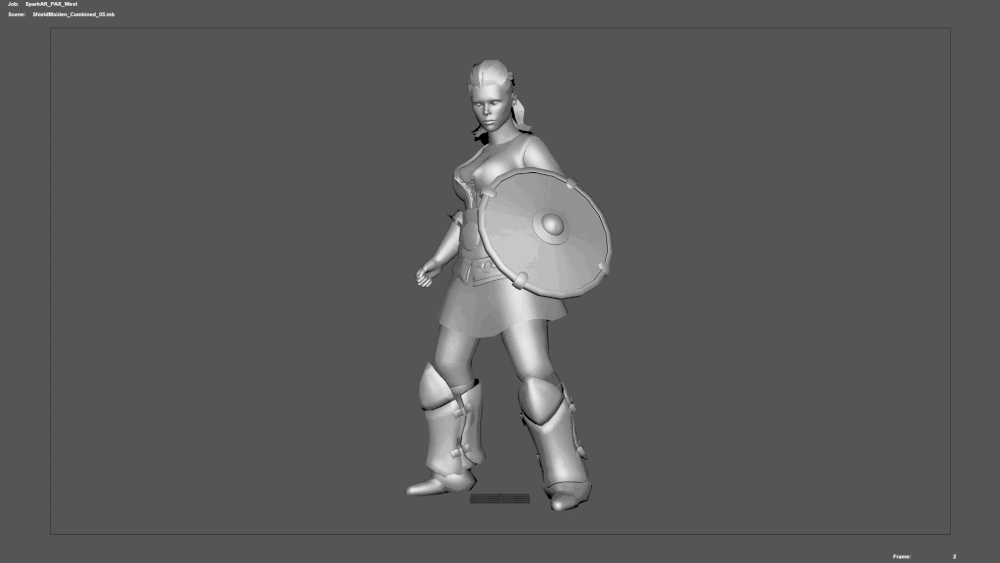
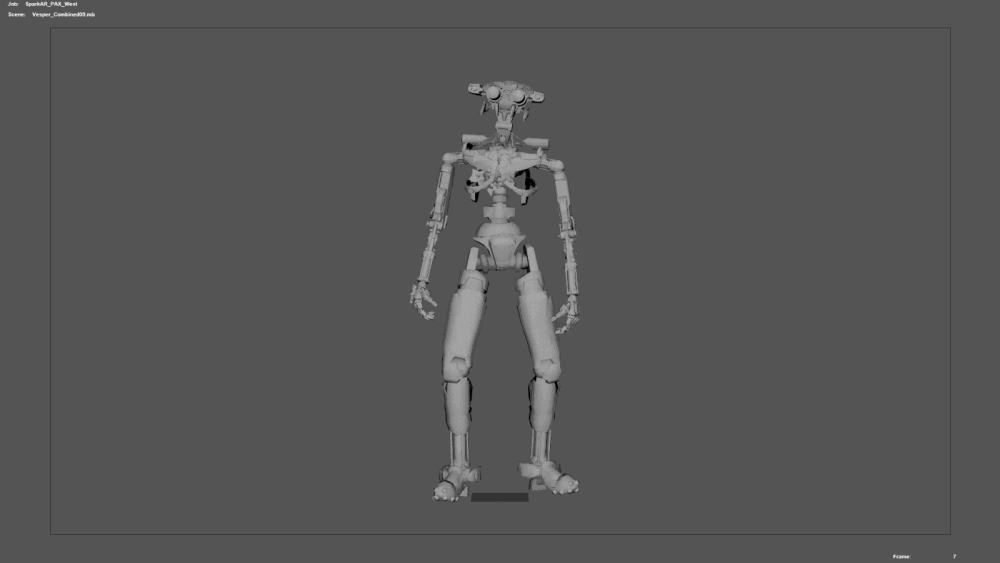

We chose Instagram and it’s native Spark AR engine to function as our platform due to its sharing capabilities and high usage within the gaming community, effectively avoiding the barrier of downloading a standalone application. The Spark AR platform, which was not intended as a gaming engine required various hacks to overcome the design and technology limitations. For instance, the character modeling, animation, environment, and lighting phases took place under strict file size restrictions. The analog pin design was also informed by the image tracking capabilities within Spark AR. This was the most complex Spark AR build to date.
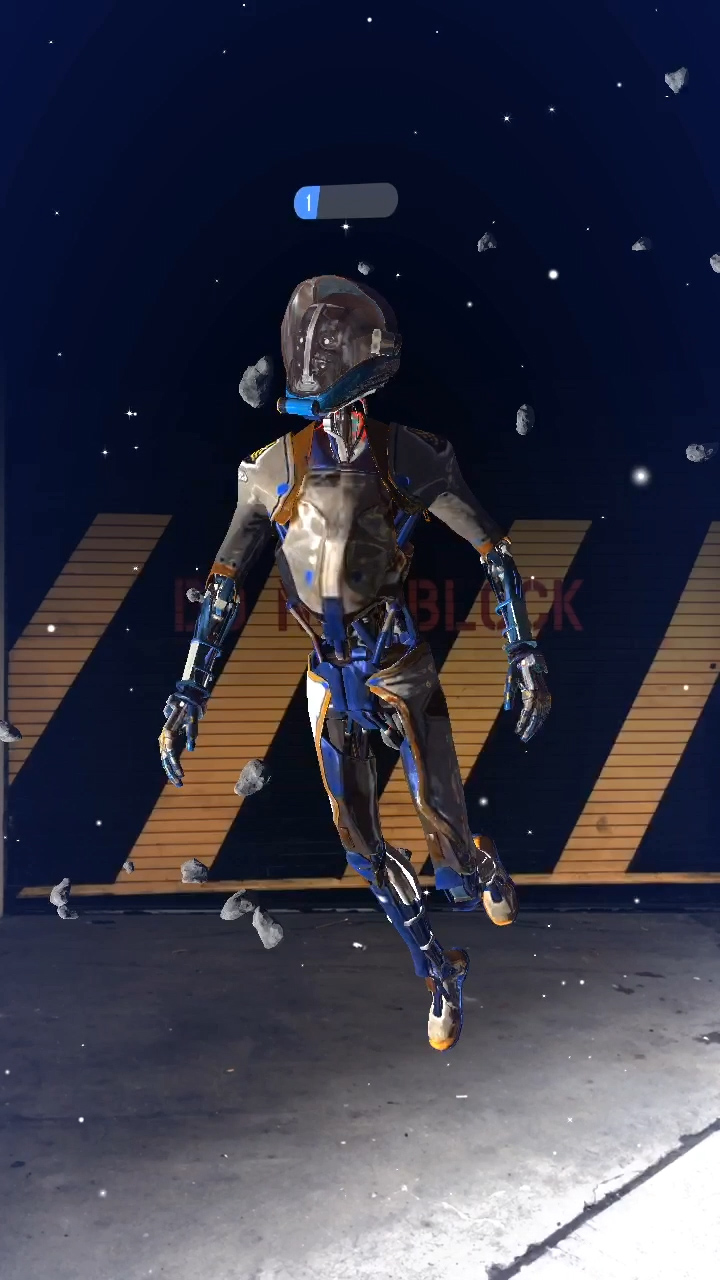
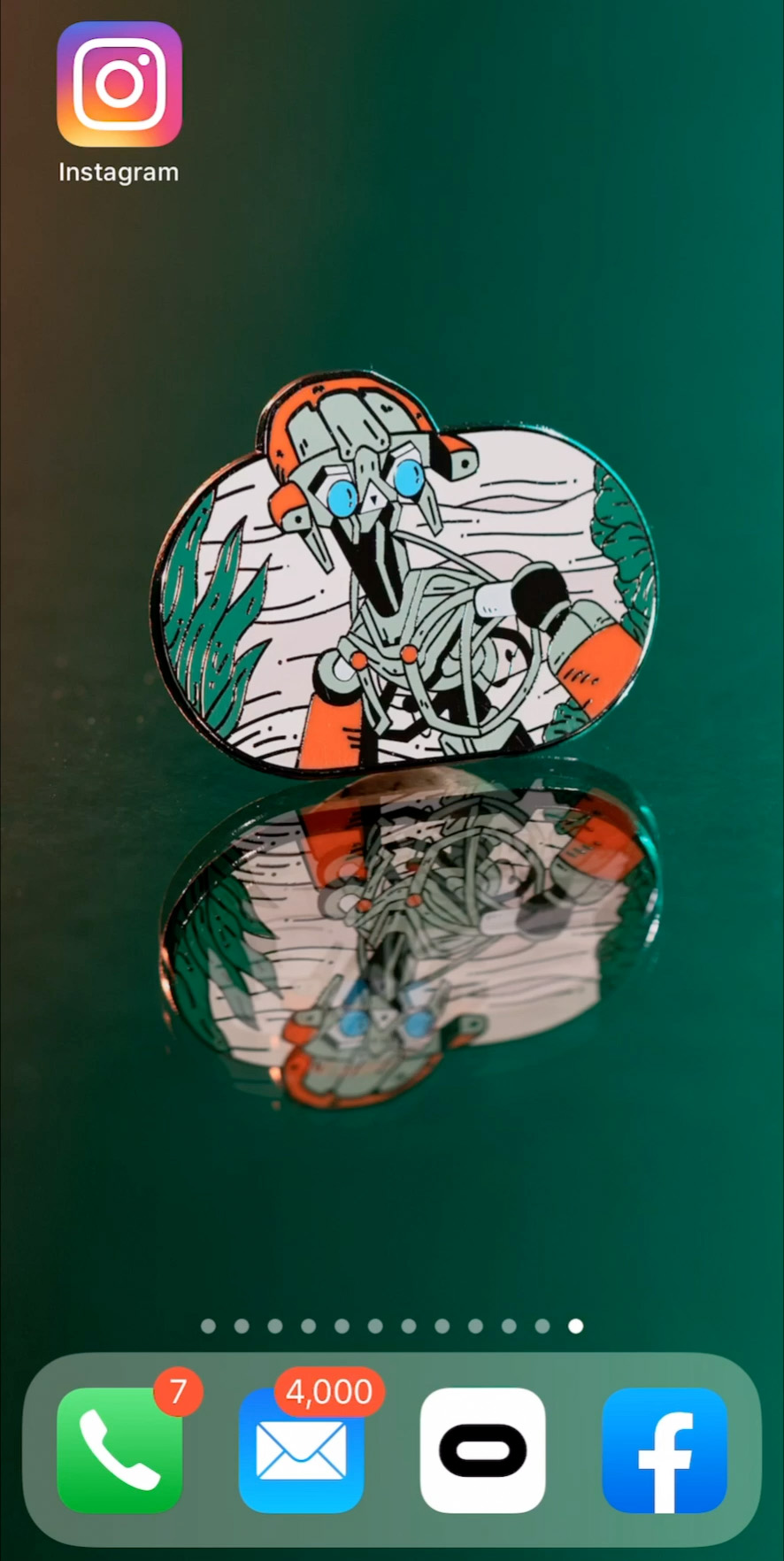
CLIENT
Oculus
ROLE
Creative Director
OCULUS TEAM
Chief Creative Officer:
Josh Higgins
Executive Creative Directors:
Luke Martin
Chris Trumbull
Creative Directors:
Luke Acret
AJ Rivvers
Producer:
Danielle Gurley
Executive Producer:
Angela Fung
Events Producer:
Talon Beesch
Social + Influencer Lead:
Jonathan Carmona
Social Marketing Manager:
Elyse McAvoy
Production
BUCK
Creative Director:
Kevin Walker
Executive Producer:
Emily Rickard
Producer:
Jamey Kitchens
Associate Creative Director:
Jenny Wamberg
Illustrator:
Nick Iluzada
Creative Technologists:
Adam Ferriss
David Glicksman
Donovan Keith
Kirin Robinson
Production (Cont.)
Executive Creative Director:
Ryan Honey
Director of Creative Technology:
Michael Delaney
CG Lead:
Alex Dingfelder
Animation Director:
Alex Ceglia
Designers:
Felipe Medina Contreras
Lauren Gaballo
Eve Hodgkinson
Nick Iluzada
Megan Pelto
Shannon Rollins
Jeni Wamberg
Dae-Han Yi
CG Artists:
Elias Glasch
Alfonso Peterson
Juan Carlos Barraza Mendoza
Rigging:
Juan Carlos Barraza Mendoza
Ernesto Ruiz Velasco
Character Animation:
Elizabeth Golan
James Lane
Additional Animation:
Adam Ferriss
Donovan Keith
Jeni Wamberg